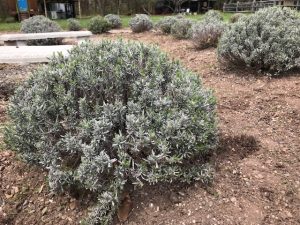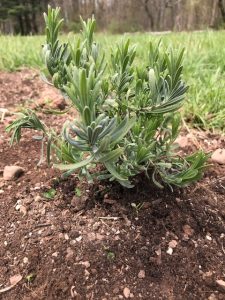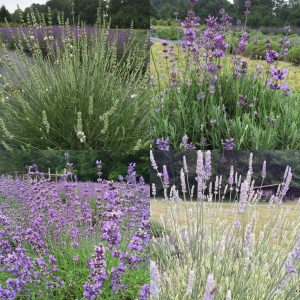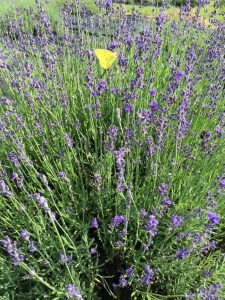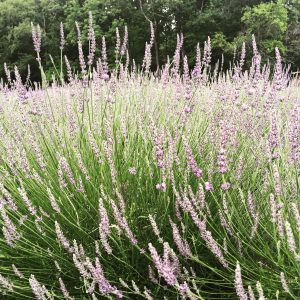Hidcote Blue Lavender Plant
English lavender, used for culinary, crafts and floral display.
Prefers full sun and well-drained, gravelly soil. Draught resistant, do not over-water.
*PreOrder for Farm Pick Up May 6th through May 14th NO SHIPPING.
DETAILS
Genus: Lavandula
Species: angustifolia
Variety: Hidcote Blue
Plant container: half gallon.
Zone: 5-9
Spread: 24 in.
Color: Blue violet
Bloom time: Early Spring, second bloom in Fall.
Deer resistant. Attracts butterflies and beneficial insects.


